Inostrancevia Africana: A Newcomer from the Permian Period
19.09.2023 14:49
5249 views

What could be better than giant toothed predators? Only prehistoric giant predators! Frightening Tyrannosaurs, fierce Giganotosaurs, and saber-toothed tigers... And if we go back even further in time, roughly 255 million years ago, the most fearsome creatures were ancient relatives of mammals: the therapsids of the Permian Period, most notably the Gorgonopsids—Inostrancevia. These animals truly have something to impress us with: they were up to 3.5 meters (11.5 feet) long with a 60-centimeter (2-foot) skull and had the largest fangs, almost as long as a knife blade—up to 15 centimeters! Their slender bodies had short legs, allowing them to run quite well and also to swim excellently. Their main prey was herbivorous parareptiles, Scutosaurus, covered in heavy armor, which nonetheless did not protect them from the fearsome predator.
The first fossils of Inostrancevia were discovered back in 1899 in the Arkhangelsk Region, on the banks of the Malaya Northern Dvina River, during excavations led by the paleontologist Vladimir Prokhorovich Amalitsky. The animal got its unusual name in honor of Russian scientist Alexander Alexandrovich Inostrantsev.
Before the discovery of Inostrancevia, other large therapsids of the Permian Period were known, including relatives of Inostrancevia, the Gorgonopsids, as well as Therocephalians. Mostly, they were known from deposits in South Africa, where numerous skeletons of ancient animals from the Permian Period were found in the 19th century. Moreover, the discovery of Inostrancevia and other ancient animals in the Urals (Russia), on the banks of the Malaya Northern Dvina River, was made possible only thanks to a comparison with well-studied African rocks and fossils. The brilliant paleontologist Vladimir Prokhorovich Amalitsky noticed the similarity in the composition of minerals and shells of ancient mollusks. Despite the great distance that now separates southern Africa and central Eurasia, he hypothesized that in these similar-in-structure and age rocks, similar remains of ancient vertebrates could be found. Considering that science at that moment was not yet aware that during the Permian Period all continents were united into a single Pangea, such a concept seemed absolutely insane. However, it was completely confirmed, becoming one of the greatest discoveries of the late 19th and early 20th centuries.
In an amazing way, the ancient animal communities from these distant corners were similar. Both here and there, one could encounter large predators—gorgonopsids, small predators resembling dogs and lizards—cynodonts, herbivorous small reptile-like creatures with a beak and two small tusks—dicynodonts, large herbivorous pareiasaurs, and crocodile-like amphibians called labyrinthodonts. It was especially surprising that in some cases, even the same genus of animals was observed at remote ends of the Earth! One example is the Dicynodont. Despite the hypothetical possibility of moving overland from Europe to Africa through the ancient supercontinent Pangea, the distances that some groups of organisms had to cover are still impressive. After all, these animals had to spread over thousands of kilometers (about 11,000 to be exact)! Of course, this was not the "route" of a single animal; over millennia, some ancient species spread to new and new territories. Eventually, slightly different, slightly evolved species reached new lands. However, the changes were not so drastic, so scientists consider them to belong to the same genus.
And now, in 2023, it was established that another genus was as successful as the dicynodonts. Another genus managed to spread over thousands of kilometers and, eventually, made its way far south into Africa. And this most successful genus became Inostrancevia! Like their herbivorous, beaked relatives, these Inostrancevia were represented by another species but very similar to the Russian one. The species was named Inostrancevia africana, that is, African Inostrancevia. This migration allowed scientists to uncover another "superpower" of the Inostrancevia—despite their short legs, they could traverse large distances on land.
In 2010 and 2011, bones of two individuals were found. Two skulls and other skeletal fragments survived, totaling 77 fossils. They date back to the end of the Permian period, about 254.5–251 million years ago, when the more ancient Russian species of Inostrancevia—Inostrancevia alexandri, had already become extinct.
Animals probably didn't move to new territories for a better life. Most likely, they were driven by the changing climate of the late Permian epoch, forcing them to "conquer" other spaces. One piece of evidence for this is the younger age of the new Inostrancevia species. That is, the conditions in the Ural region became unfavorable, animals left there, and those who remained became extinct. In the new location further south, they found a new refuge. By the way, other animals already lived in this area. For example, the main predator here was another gorgonopsid, the 3-meter-long Rubidgea. However, upon the arrival of the "immigrants" from the north, Rubidgea disappeared. Perhaps they became the first victims of the future great extinction, or maybe the arrival of Inostrancevia led to the demise of Rubidgea.
You can read more about the discoveries of paleontologists in the scientific article in the journal Current Biology:
Christian F. Kammerer et al. Rapid turnover of top predators in African terrestrial faunas around the Permian-Triassic mass extinction. Current Biology, 2023.
And you can find information about foreign species, as well as about the continent "Pangaea," the fauna of the Permian period, and the greatest Permian-Triassic extinction, in the 'animals' and 'periods' sections of the 3D Dinopedia app.
Discussions
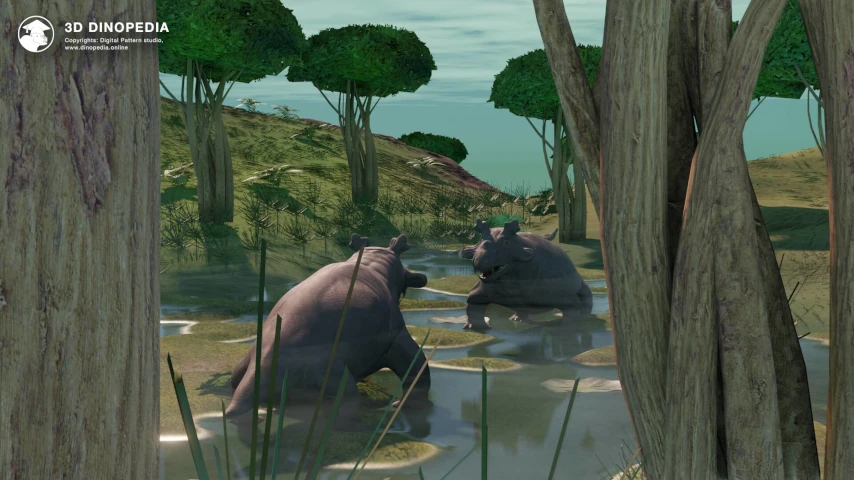
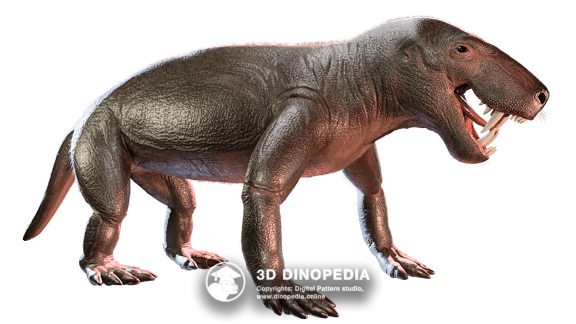
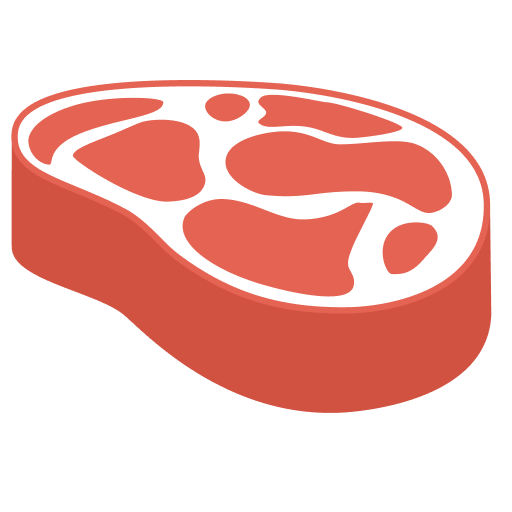
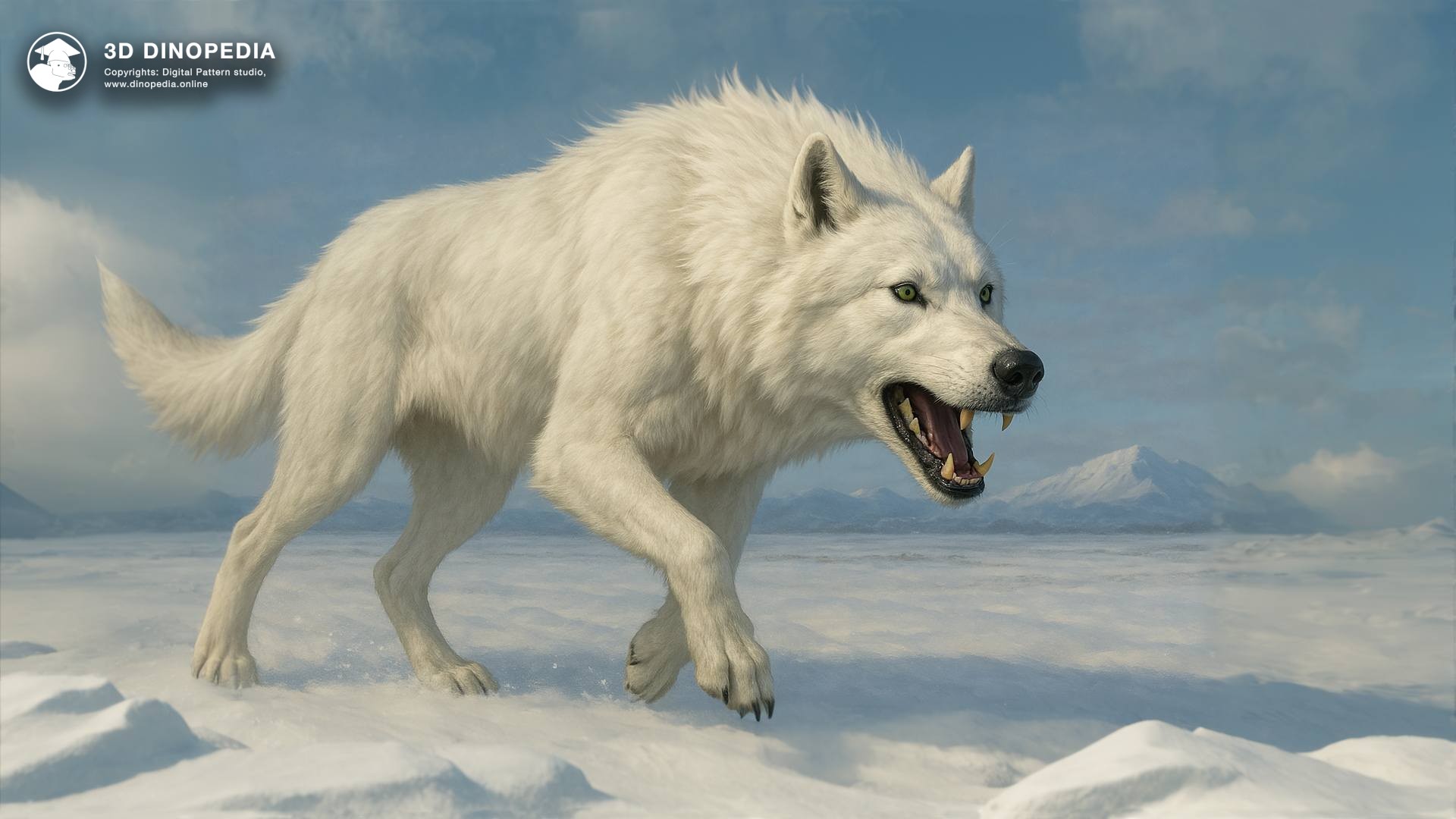
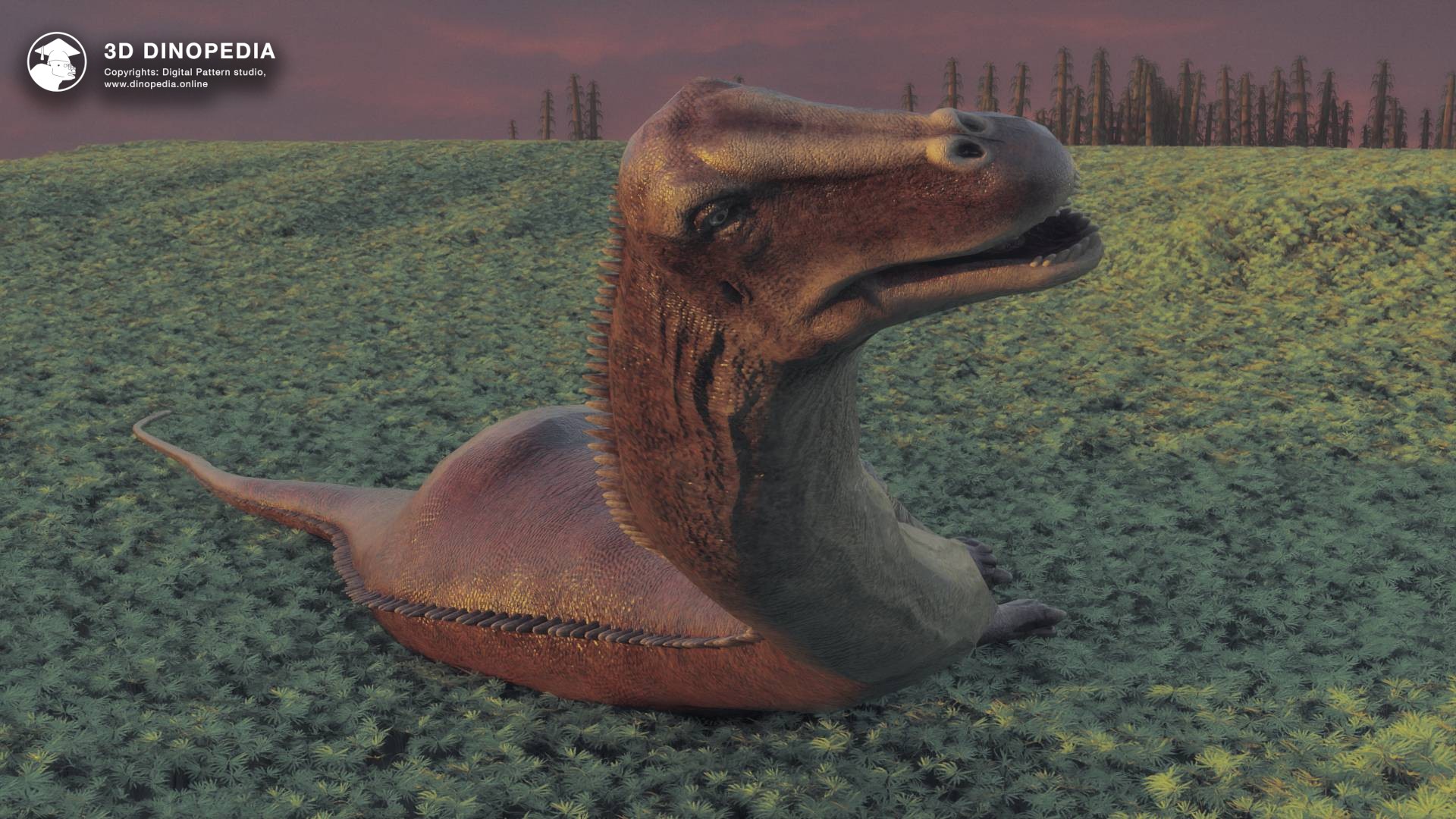
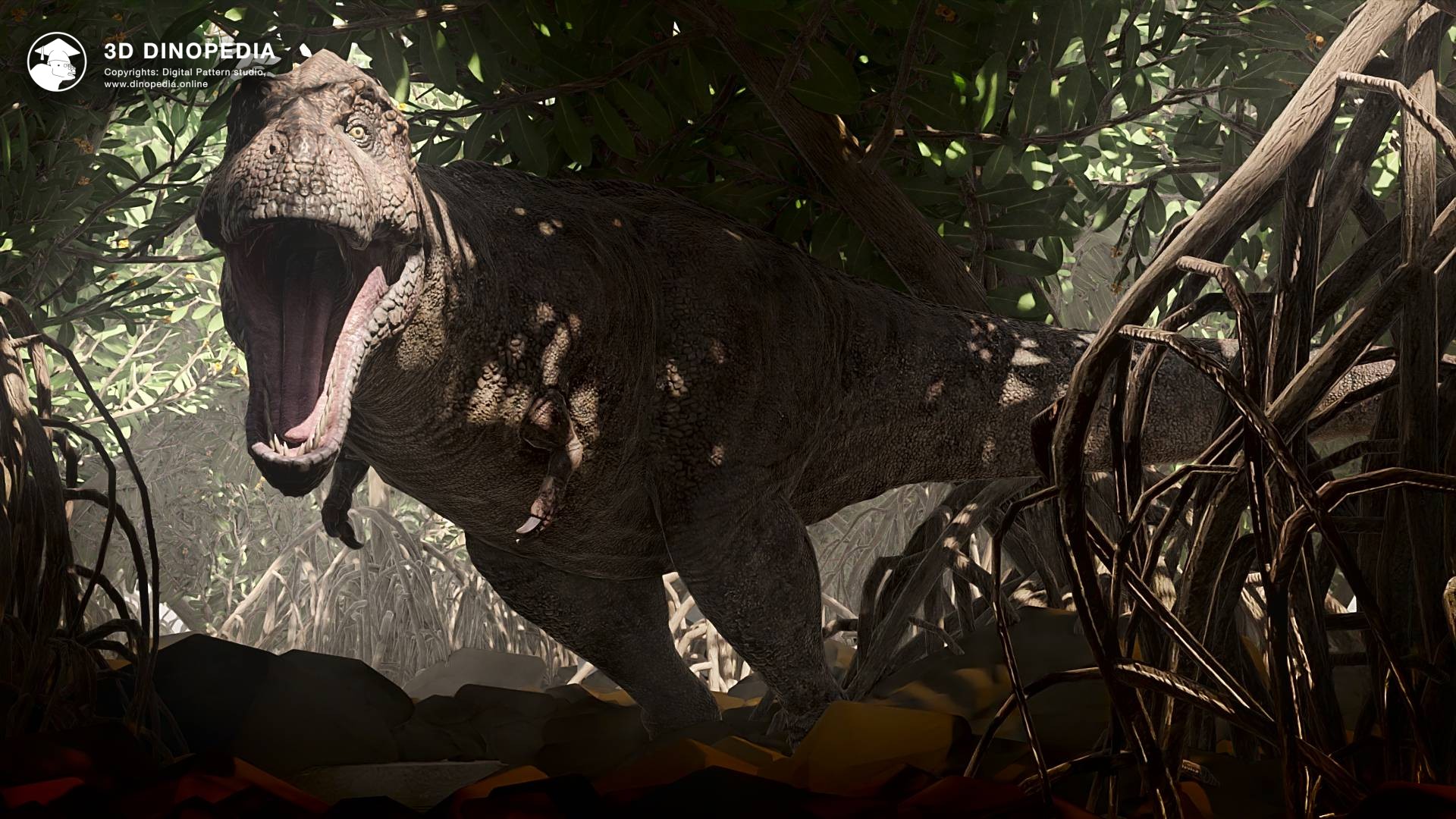

{{ count }} comments
You must login to write a comment